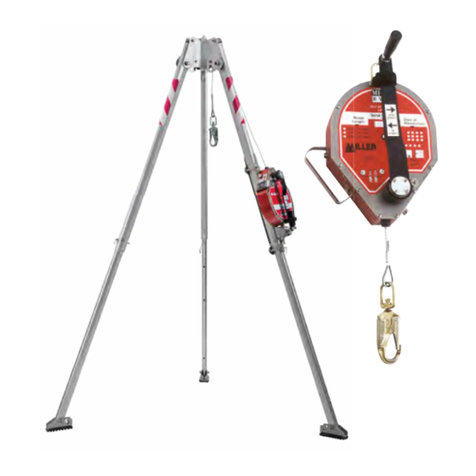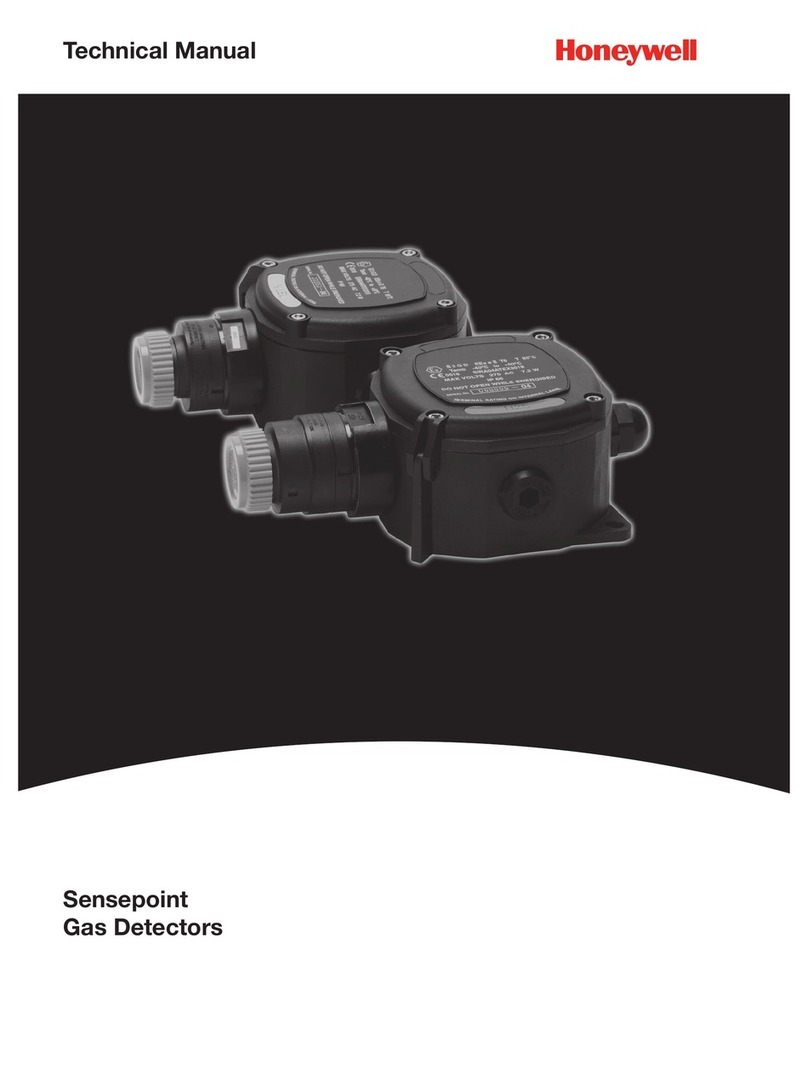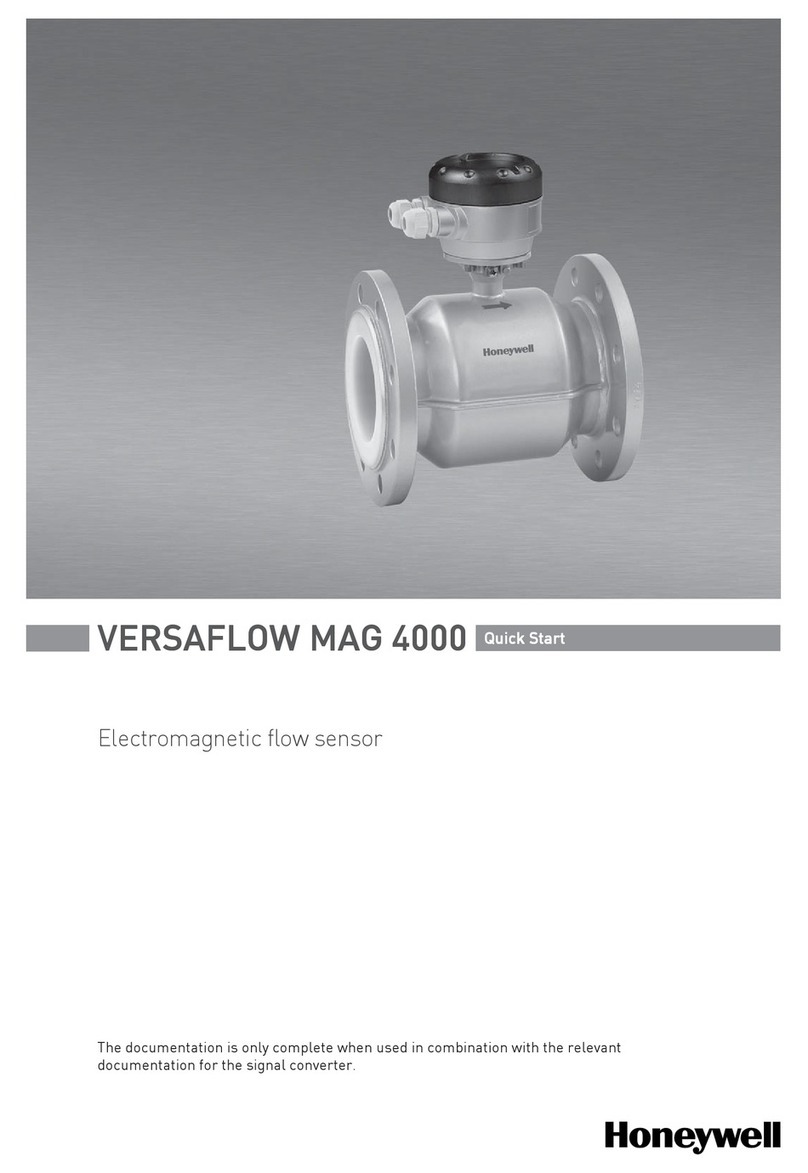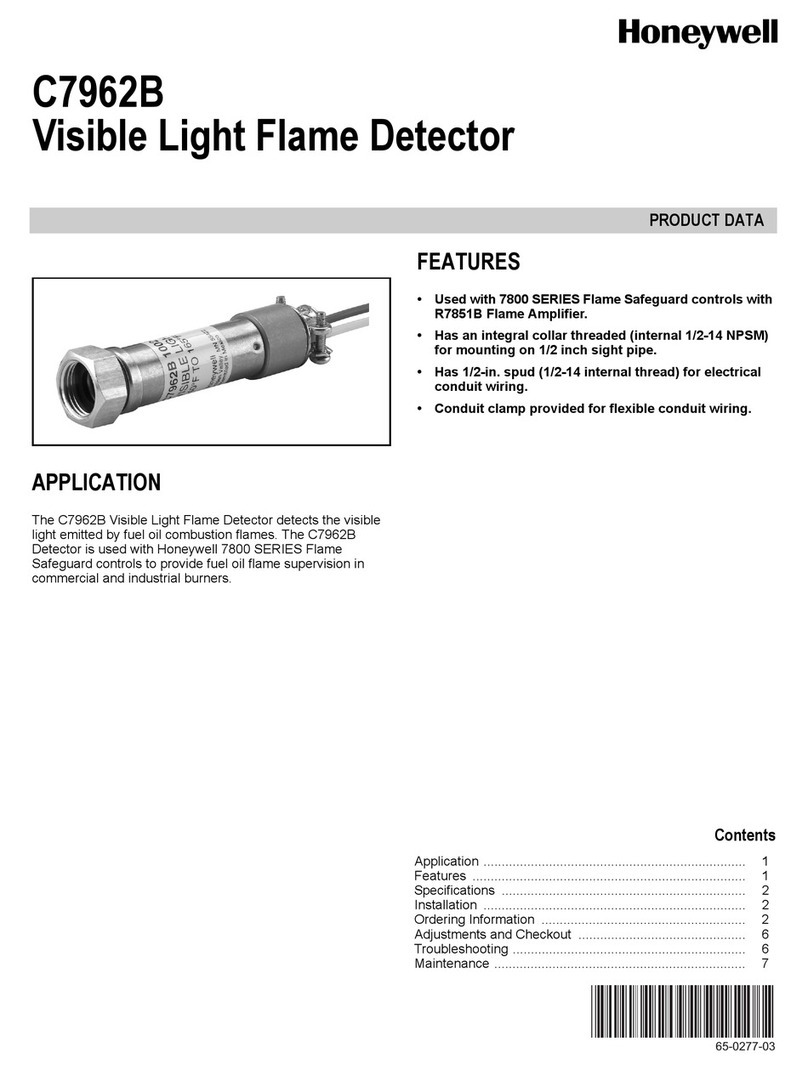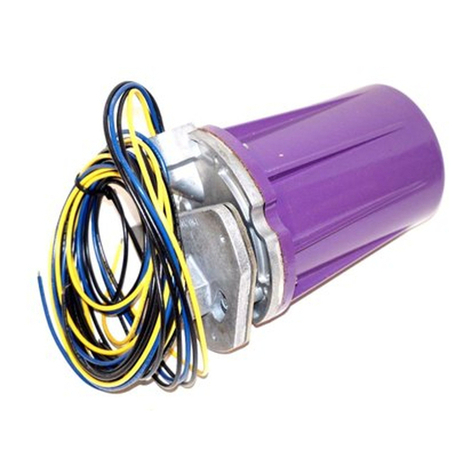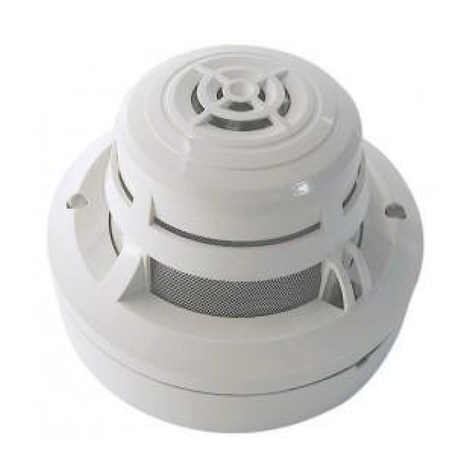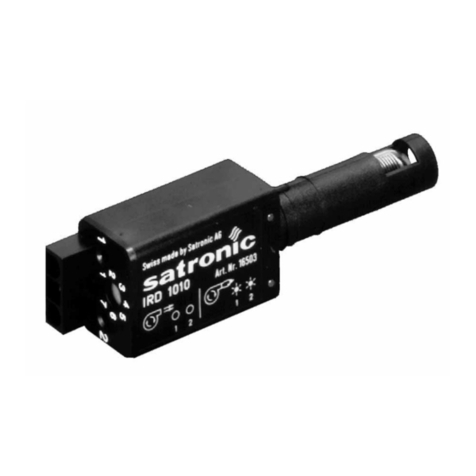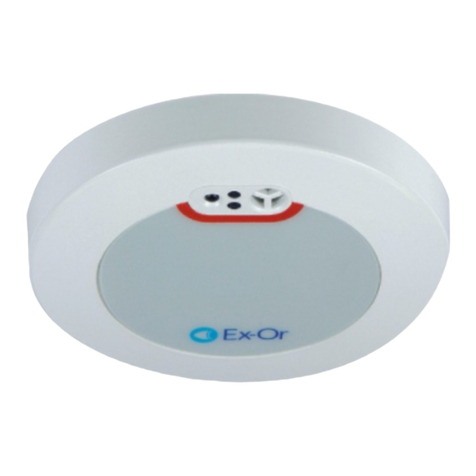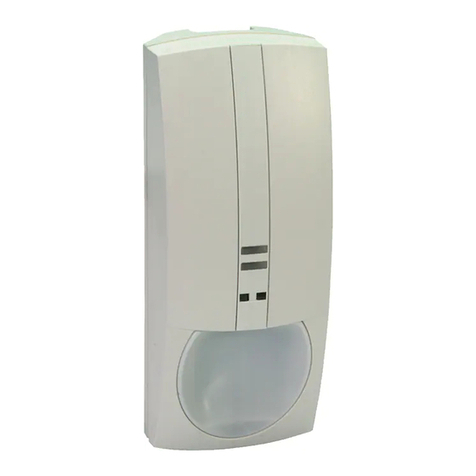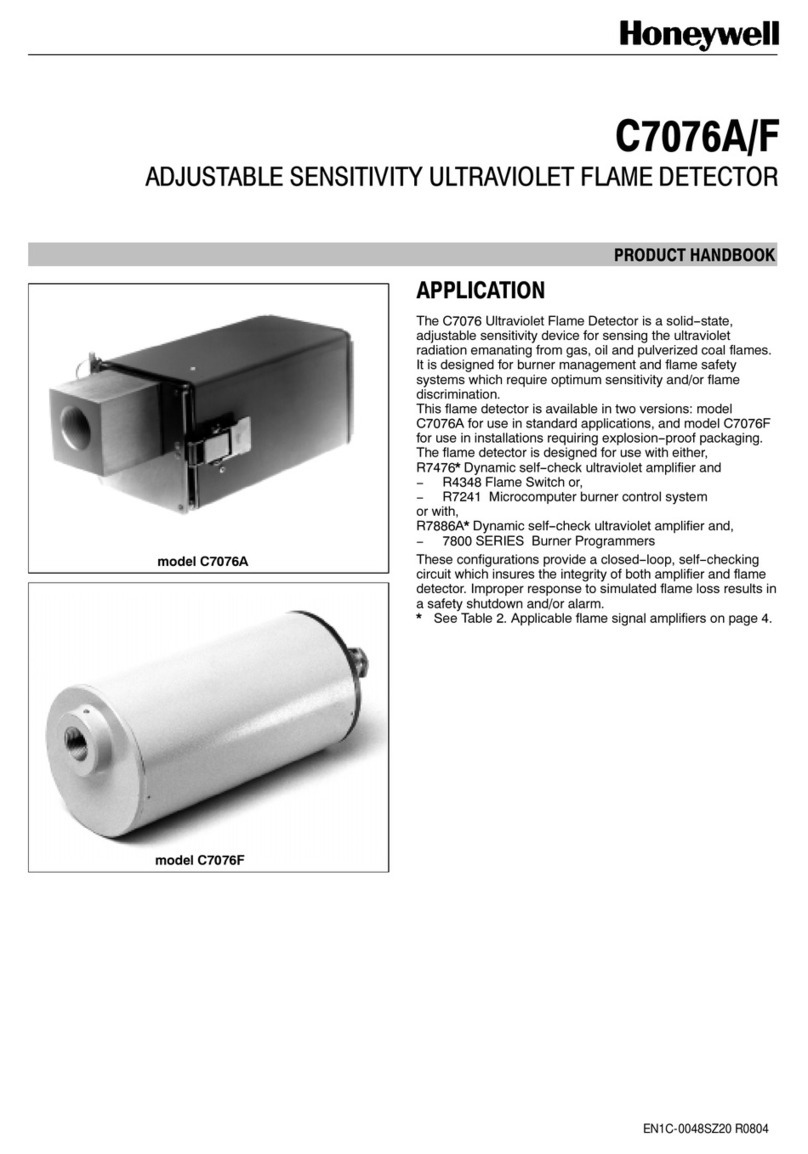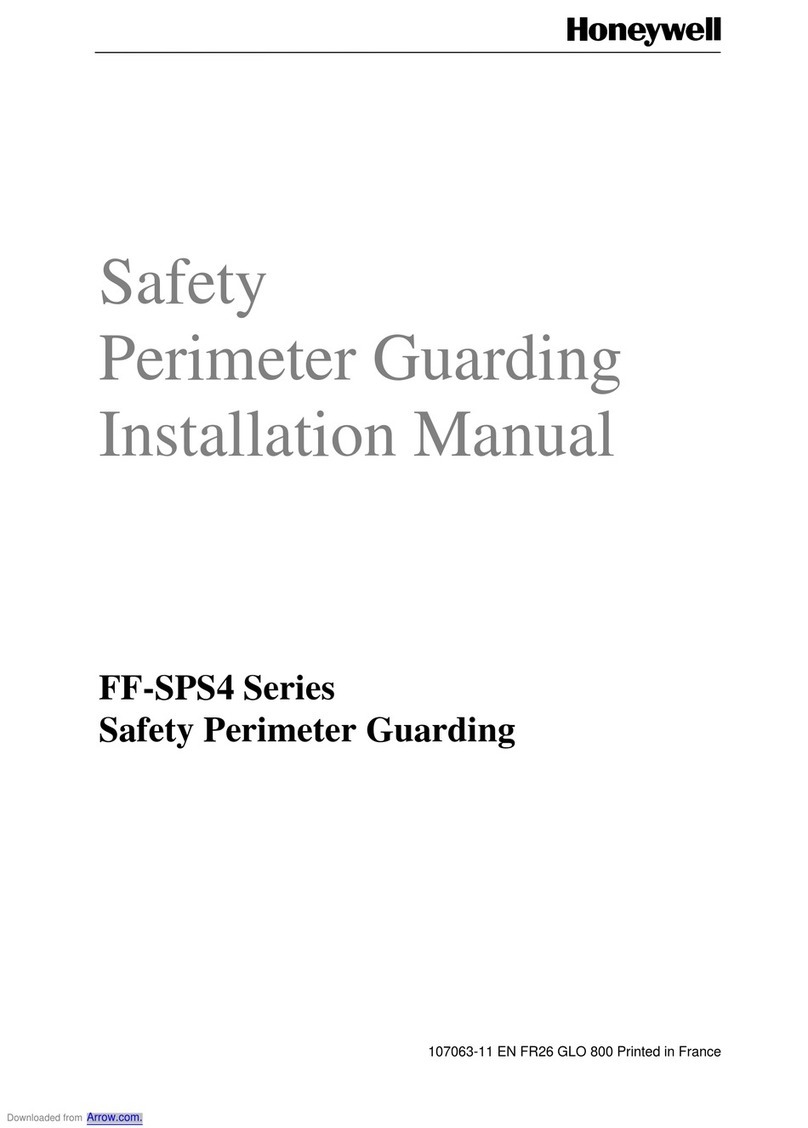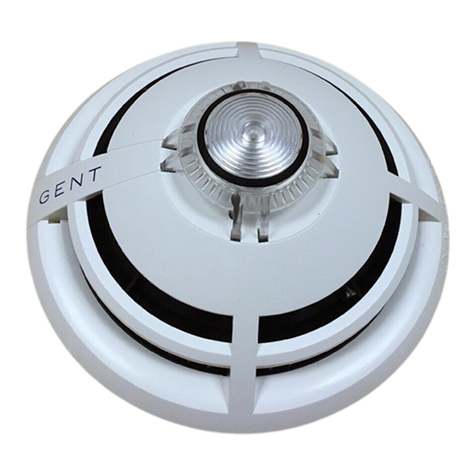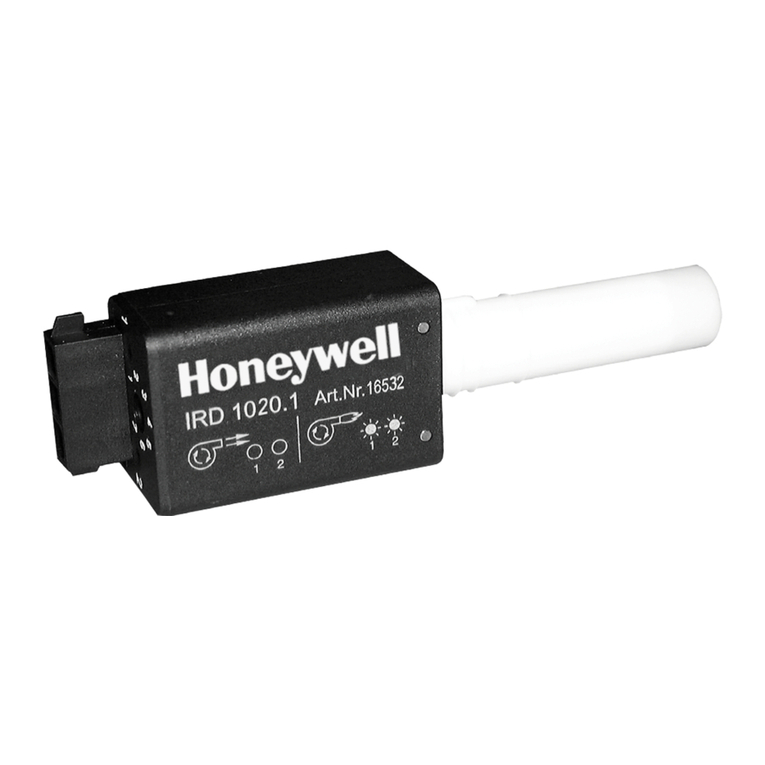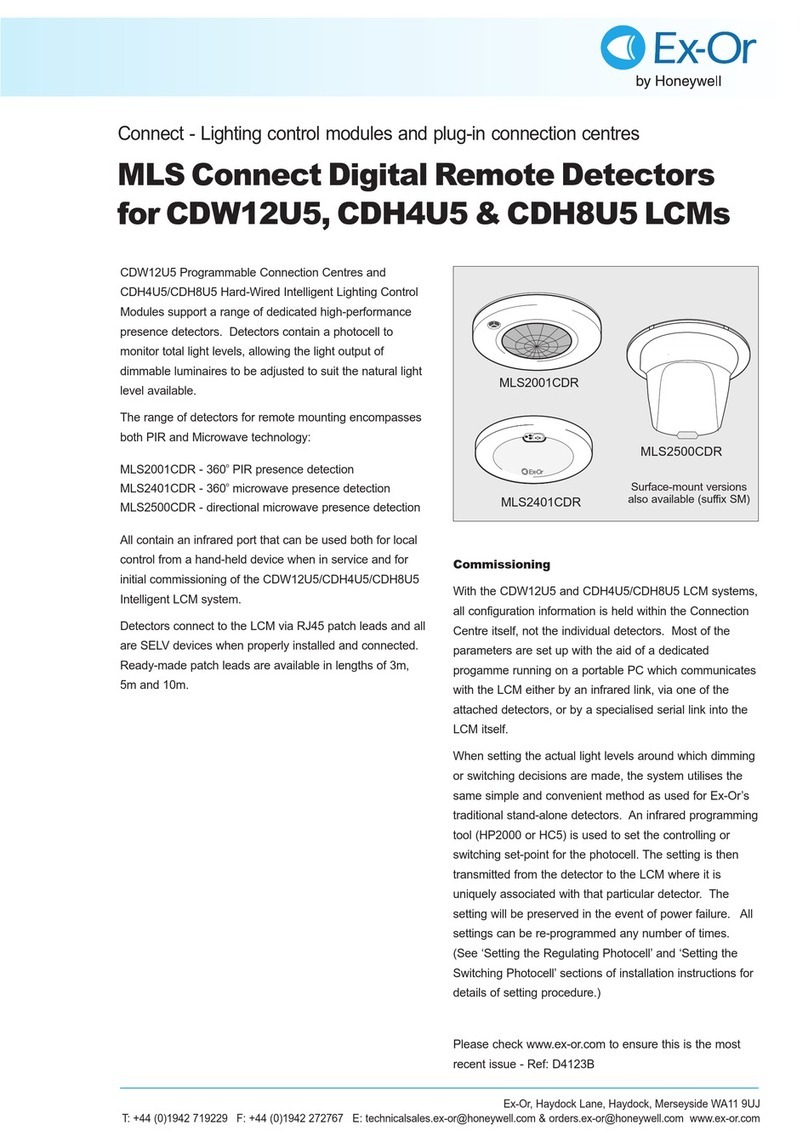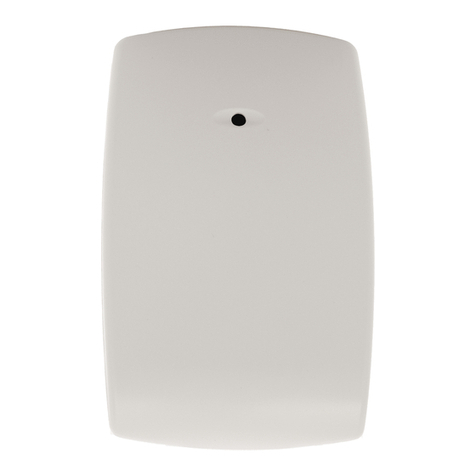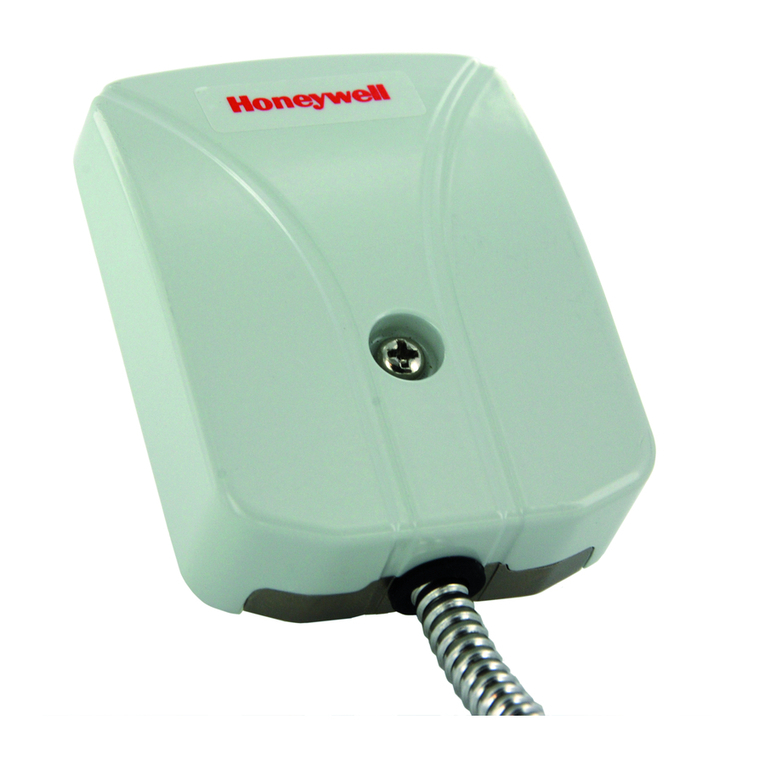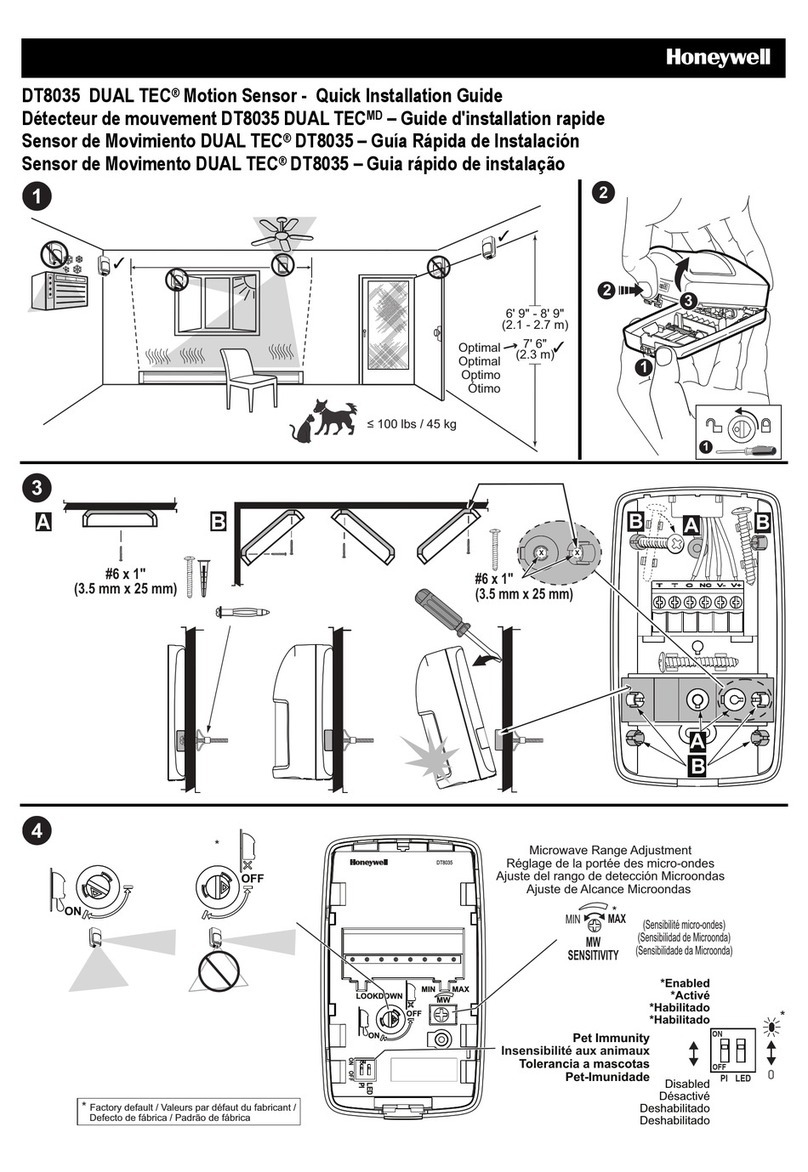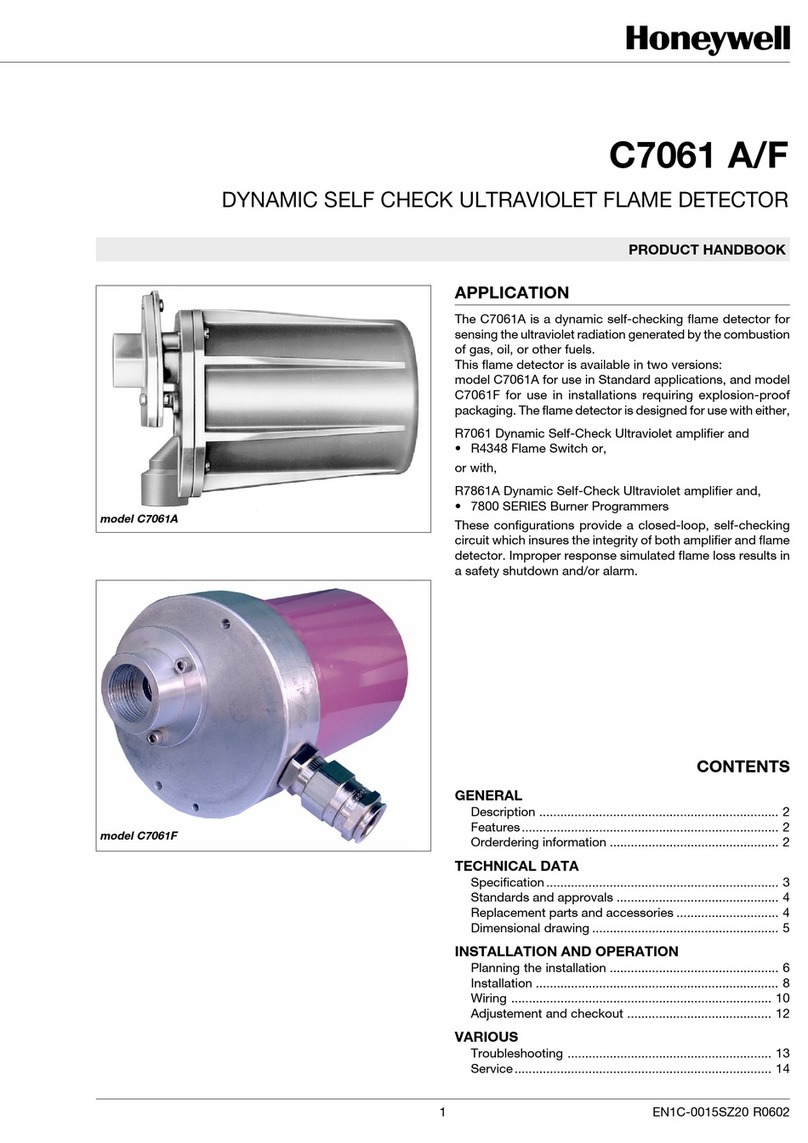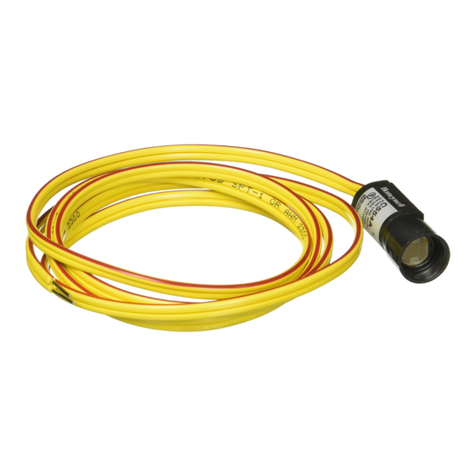
C7076A,D ADJUSTABLE SENSITIVITY ULTRAVIOLET FLAME DETECTORS
7 95-8269—1
MULTIFUEL REQUIREMENTS
Detectors supervising burners that alternately fire more than
one fuel may require a different sensitivity level for each fuel.
For example, a higher sensitivity is required to reliably sense
pulverized coal or No. 6 fuel oil in contrast to natural gas or to
No. 2 fuel oil. Reliable flame sensing and flame discrimination
may not be maintained simultaneously (without changing the
sensitivity setting) when alternating between two fuels.
The C7076 has two integral sensitivity adjustments that can
be remotely and automatically selected. The two sensitivity
adjustments can be chosen by means of the fuel selector
switch (refer to Remote Sensitivity Selection in the Installation
section). The sensitivity adjustments should be made for both
fuels as described in the section on multiburner requirements,
using one adjustment pot for each fuel.
Parallel Flame Detectors
Two C7076 detectors can be connected in parallel to the
same flame signal amplifier and still provide independent
sensitivity adjustment. This capability is particularly useful for
multiburner, multifuel applications.
Shifting flame patterns, commonly encountered on burners
with wide turndown ratios, may require parallel detectors to
prove the flame at the highest and lowest firing rates. In this
case, one detector supervises the pilot (interrupted) and both
detectors supervise supervise the main burner flame. During
the main burner run period, either detector is capable of
maintaining system operation.
In addition to assuring more reliable flame detection, parallel
detectors facilitate maintenance during burner operation.
Each detector can be removed in turn without shutting down
the supervised burner. However, a flame simulating failure
occurring in the flame signal amplifier or in either detector will
cause a shutdown.
Redundant Flame Detection System
Two C7076 detectors connected to two flame signal amplifiers
wired in parallel comprise a redundant flame detection
system. In addition to the features of parallel flame detectors,
a redundant system increases reliability and is therefore
recommended for critical burner applications. A flame failure,
flame signal loss, or flame simulating failure occurring in either
detector subsystem will cause an alarm (not a shutdown)
allowing corrective action to avert a shutdown.
INSTALLATION
WARNING
Electrical Shock Hazard.
Can cause serious injury, death or equipment
damage.
Disconnect power supply before beginning installation.
More than one disconnect may be necessary.
When Installing this Product…
1. Read these instructions carefully. Failure to follow them
could damage the product or cause a hazardous
condition.
2. Check the ratings given in the instructions and on the
product to make sure the product is suitable for your
application.
3. Installer must be a trained, experienced flame
safeguard service technician.
4. All wiring must comply with applicable local electrical
codes, ordinances and regulations.
5. All wiring must be NEC Class 1 (line voltage).
6. Voltage and frequency of the power supply connected to
this detector must agree with the values marked on the
detector.
7. If an air supply is connected to the aspirator on the
C7076A, its pressure must equal or exceed that
required to seal off the detector from the combustion
chamber.
8. On multiburner installations, each detector must
respond only to the flame(s) produced by the burner it is
supervising.
9. Do not connect more than two detectors in parallel to a
single R7476A or R7886 Dynamic Self-Check
Ultraviolet Amplifier.
10. Perform all required adjustments and checkout tests
after installation is complete.
Selecting and Installing Sight Pipe
After you have determined the approximate location and
sighting angle, select the sight pipe. A black iron pipe is
recommended to provide reliable flame sensing. Stainless
steel and galvanized pipes have bright surfaces that initially
transmit ultraviolet radiation very well. However, their ability to
transmit ultraviolet radiation will decay when the bright
surfaces become dull with age or contamination, and flame
detection will become less reliable with time.
The aspirator on the faceplate of the C7076A, and the
faceplate on the C7076D, are tapped for a 1-inch NPT
threaded pipe. A larger pipe may be necessary to obtain
proper performance; an diameter other than 1 inch will require
a reducer coupling. The geometry of the sight pipe affects the
performance of the detector. If the flame signal is too small,
reduce the length or increase the diameter of the pipe to
increase the field of view of the detector. If a sight pipe longer
than 1 foot is required, use a 2-inch diameter pipe with the
reducer as close to the detector as possible.
NOTE: Sight pipe couplings cannot be used with C7076D
due to the need to safeguard the integrity of the
explosion-proof quality of this model. The size of the
sight pipe for the C7076D, therefore, is restricted to
1-inch diameter.
Cut a hole of the proper diameter for the sight pipe in the
burner front or windbox at the selected location. The hole
should be at least 2 inches in diameter to allow adjustment of
the sighting angle. If register vanes interfere with the desired
line of sight, trim the interfering vane(s) to assure an
unobstructed view of the flame.
Cut the pipe to the desired length. Thread one end of the pipe
to fit the desired mating component; i.e., reducer coupling,
aspirator on the faceplate of the C7076A aspirator; or
